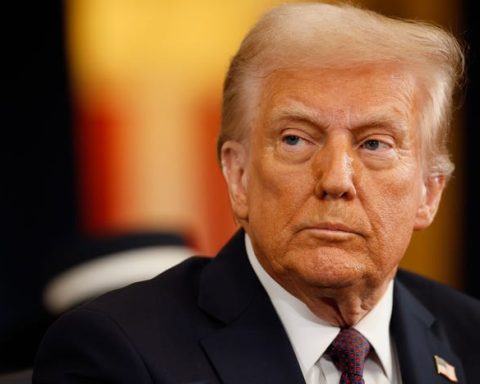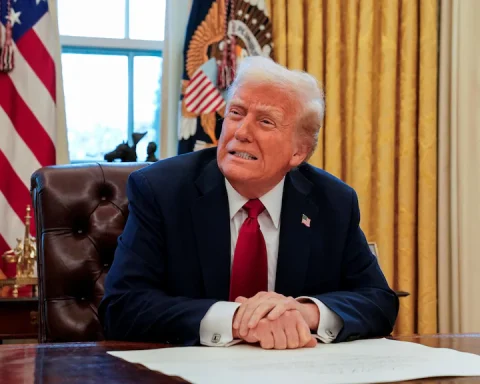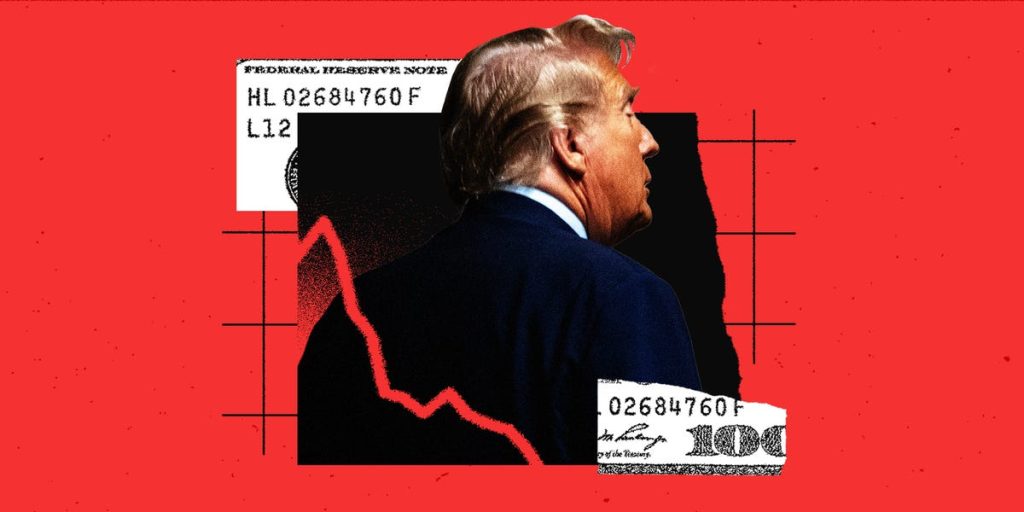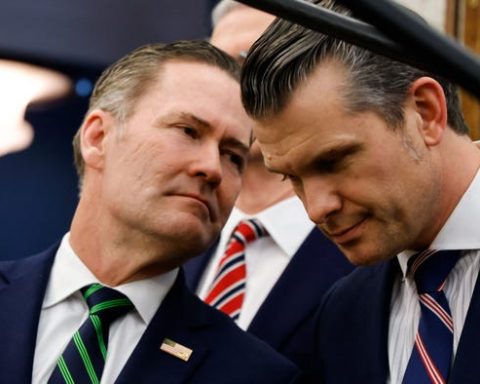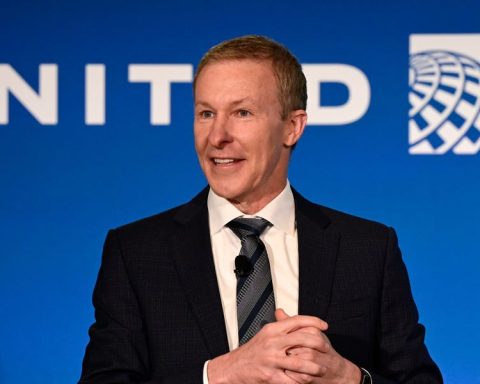President Donald Trump expressed a more moderate view on eliminating daylight saving time during a discussion on Thursday, describing it as a “50-50 issue.” This shifts from his previous stance last year when he labeled the time change as “inconvenient” and declared that the Republican Party would “use its best efforts to eliminate Daylight Saving Time.”
Key Facts
In a recent comment made in the Oval Office, Trump remarked, “it’s a 50-50 issue, and if something’s a 50-50 issue it’s hard to get excited about it.” He acknowledged that many prefer having more daylight later in the day, while others might want more morning light to avoid sending their children to school in the dark.
Previously, in December, Trump had stated on Truth Social his commitment to working against daylight saving time, arguing it affects a “small but strong constituency” and is “very costly to our Nation.” However, it’s important to note that Trump cannot independently abolish daylight saving time; any such change would require congressional legislation and presidential approval.
Crucial Quote
“It’s something I can do, but a lot of people like it one way, a lot of people like it the other way, it’s very even, and usually I find when that’s the case, what else do we have to do?” Trump commented on Thursday.
When Does Daylight Saving Time Start?
This year, daylight saving time begins on Sunday, March 9, at 2 a.m. Most Americans will set their clocks forward one hour, resulting in a lost hour of sleep but extended evening daylight until the time change concludes on November 2.
Tangent
On Wednesday, key Trump advisor Elon Musk took to X to poll Americans regarding their preferences for daylight saving time. Musk’s survey revealed that 58.1% favored extending daylight by an hour, while 41.9% preferred an earlier start.
Key Background
Daylight saving time was first implemented in 1918 as a wartime measure aimed at maximizing daylight, though it was repealed shortly after and reverted to local jurisdiction. In 1966, the Uniform Time Act reinstated it on a national level, maintaining its presence despite ongoing debates about its benefits versus detriments to health, including claims of increased heart issues and car accidents, as highlighted by the American Medical Association. Advocates for ending daylight saving time argue for a move towards permanent standard time. In 2022, legislative efforts peaked when the Senate passed the Sunshine Protection Act, which proposed making daylight saving time permanent; however, the House never voted on the proposal.


